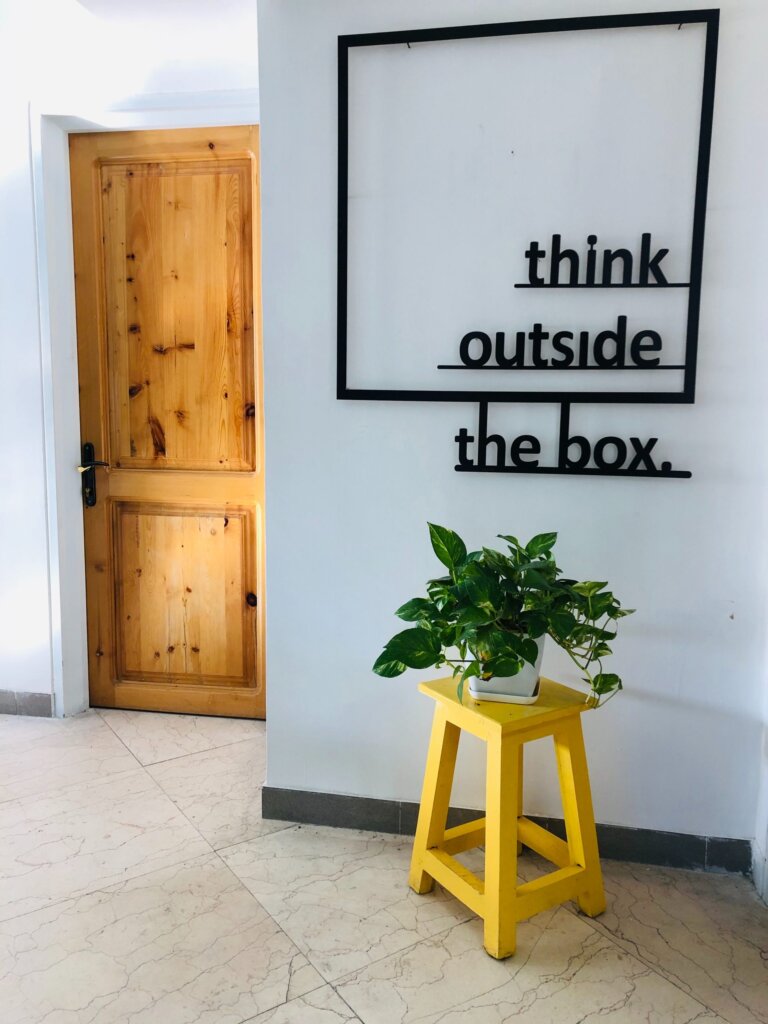How to Get More Done in Less Time: Purpose, Priorities, and Practices

In flying to visit family for the holidays, airline passengers across the globe stuff their suitcases full of clothes and gifts to avoid paying extra baggage fees. Some travelers are experts at using every square inch of space inside of their luggage; they meticulously roll up each shirt and pair of pants prior to packing them. Other passengers do not have the knack for fitting their belongings within a single piece of luggage. Consequently, they’re forced to bring an extra bag on their journey.
Our days are like identical suitcases. They’re all the same size, but some people can pack more into them then others. Your success in 2013 depends a great deal upon how wisely you fill the hours in each day. Knowing your purpose, setting priorities, and developing efficient practices can help you make the most of your time.
Knowing Your Purpose
Clarity is the most important concept in personal productivity. To illuminate your purpose on the job, ask yourself: “Why am I on the payroll?” Ask and answer this question over and over again throughout the year. Surprisingly, most people are not sure exactly why they are on the payroll. They cannot give a compelling account of the value they add to the organization. Gaining clarity about the results you’ve been hired to accomplish allows you to perform at your best, qualifies you for pay raises, and puts you in line for promotion.
Setting Your Priorities
Let Your Long Term Perspective Determine Your Short Term Priorities.
Dr. Edward Banfield of Harvard University, after more than fifty years of research, concluded that “long-term perspective” is the most accurate single predictor of upward social and economic mobility in America. Long-term perspective turns out to be more important than family background, education, race, intelligence, connections, or virtually any other single factor in determining your success in life and at work.
Apply the 80/20 Principle in Everything
There is never enough time to do everything, but there is always enough time to do the most important thing. In general, 20 percent of your activities generate 80 percent of your results, 20 percent of your customers account for 80 percent of your sales, 20 percent of your products services bring in 80 percent of your profits, and 20 percent of your tasks are responsible for 80 percent of the value of what you do. If you have a list of ten things to do, two of those activities are usually more important than all of the others combined. The same logic holds true for your relationships. Therefore, spend your greatest amount of time with in the smallest amount of people. You’ll have more influence investing heavily into two or three people than in dividing your time equally among a dozen people on your team.
Developing Efficient Practices
Never Begin the Day Until It Is Finished on Paper.
As playwright Victor Hugo wrote, “He who every morning plans the transaction of the day and follows out the plan, carries a thread that will guide him through the labyrinth of the most busy life.“ Every minute spent in planning saves as many as ten minutes in execution. It takes only 10 to 12 minutes for you to plan your day. However, this small investment can prevent up to two hours (100 to 120 minutes) of wasted time and fruitless effort throughout the day.
Just Say No
Don’t let your mouth overload your back. When you frequently overcommit; you routinely underperform. Using time efficiently necessitates choosing your involvements selectively and with extreme care.
Create Large Chunks of Time
The most important work you do requires large chunks of unbroken time to complete. Your ability to carve out and use these blocks of high-value, highly productive time is central to your ability to make a significant contribution to your work and to your life. Be sure to schedule your day so that you have significant time free from distractions in which to take care of your biggest responsibilities.
More Articles

Do I Believe The Best In Others?

BIG ANNOUNCEMENT!









Be the first to comment on "How to Get More Done in Less Time: Purpose, Priorities, and Practices"